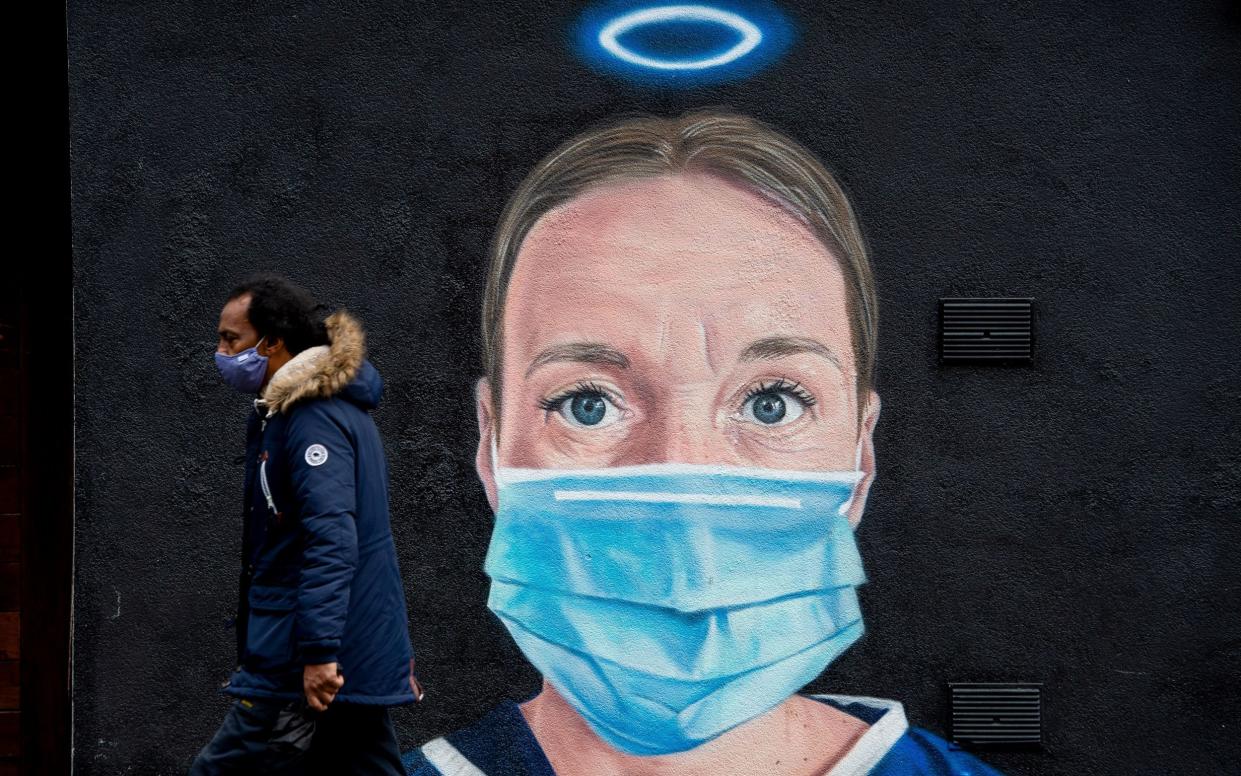How the NHS’s aversion to the private sector has left millions stuck on waiting lists

Millions of patients are stuck on waiting lists because the NHS has failed to use spare capacity in private hospitals, analysis has shown.
Ministers have promised to “turbo-charge” use of the independent sector in a bid to slash record backlogs, with more than seven million people in England waiting for treatment.
But experts warned that NHS resistance to use of the private sector means patients have been forced to wait far longer than necessary.
In total, about 3.5 million appointments in England could have been dealt with sooner had the private sector been fully deployed, analysis has shown.
Early in the pandemic, the NHS signed a block contract with the private sector, which aimed to ensure non-Covid patients could continue being treated.
But in fact, use of independent hospitals fell dramatically, the statistics have shown.
The figures for England showed that about two million fewer appointments and procedures in such facilities in 2020-21 alone.
While activity increased in 2021-22, it has yet to catch up with the levels before the pandemic - resulting in a backlog of 2.5 million cases.
Experts said that in fact, private hospitals had still more unused capacity - and could have been dealing with around a third more cases than was the case even before activity slumped.
In total, the figures suggested that about 3.5 million cases could have been dealt with had the private sector been fully deployed since lockdown, The Telegraph analysis of NHS Digital data showed.
David Hare, chief executive of the Independent Healthcare Providers Network, which represents private hospitals, has urged the NHS and the Government to make more use of such facilities.
Mr Hare was among those at the first meeting of the Government’s Elective Recovery Taskforce at Downing Street on Wednesday.
He said the NHS has too often felt “threatened” by private sector involvement, while the Tories have feared being accused of attempts at privatisation.
“The private sector struggles to engage with its NHS counterparts, and there's perhaps an ‘NHS first’ mentality,” he said.
Even during the pandemic, the private sector often found it “very difficult” to persuade the NHS to hand its patients over, he said.
“We occasionally hear unhelpful language like, you know, a pound spent outside the NHS is a pound loss to the NHS. But it isn't, it's a pound spent on treating NHS patients,” he said.
The network’s estimates suggest private hospitals have enough spare capacity to carry out around 30 per cent more NHS-funded activity than they were allocated before the pandemic.
Latest figures showed that private hospitals and clinics are providing around six per cent of NHS care, delivering about 450,000 appointments in October.
Mr Hare suggested that recent governments have been less gung-ho than New Labour was in making use of the sector to cut waits in the 2000s.
“The Labour government was unapologetic in saying that there's nothing about using the private sector that threatens the founding principles of the NHS, namely funded through general taxation, free at the point of use, and really facing down critics.
“I think it can be more difficult for the Conservatives to do that … but I think we urgently need to get past this sense that using the private sector equates somehow to privatisation,” he said.
Early in the pandemic, the NHS signed a block contract with the private sector that aimed to ensure patients could continue being treated. But leaked figures showed that in summer 2020, just one third of the capacity purchased was actually used.
Wednesday’s summit at Downing Street followed promises from ministers to “maximise” the use of private hospitals for NHS patients as pressures on hospitals mount.
Patients will increasingly be offered surgery hundreds of miles away, in an expansion of schemes that have resulted in NHS patients in Devon offered knee and hip operations at private hospitals in Surrey.
Research shows that on average, patients at hospitals with the longest waits need to travel just 13 miles to cut their wait by three months.
The taskforce set up on the orders of Rishi Sunak, the Prime Minister, will examine how to ensure patients have more choice over where they receive treatment.
The programme follows promises to eliminate 18-month waits by next April and waits of longer than a year by March 2025.
The taskforce aims to emulate the success of the Covid vaccine taskforce in deploying the private sector to speed up reform.
On Thursday, figures will show the number of people in England left waiting for operations in October.
Previous figures showed that around one in eight of the population were stuck on waiting lists, a figure that is expected to deteriorate over winter if strikes by nurses and other health workers go ahead.
Already, official statistics show waits of around an hour for ambulance calls, including those for heart attack victims.
The taskforce, whose first meeting was chaired by Will Quince, the health minister, will make a series of recommendations to the Government early next year on “how the NHS can better commission the independent sector”, said the Department of Health and Social Care.
A Department of Health and Social Care spokesman said on Wednesday: “The Government has today established an Elective Recovery Taskforce to turbo-charge our current plans to bust the backlog and help patients get the treatment they need.
“Experts will focus on how the NHS can utilise existing capacity in the independent sector to cut the backlog, while ensuring the NHS always remains free at the point of use.
“The independent sector has been used to bolster NHS capacity and ease pressure at critical times for nearly two decades, delivering over 450,000 appointments in October alone, approximately six per cent of NHS care.”

 Yahoo News
Yahoo News 
